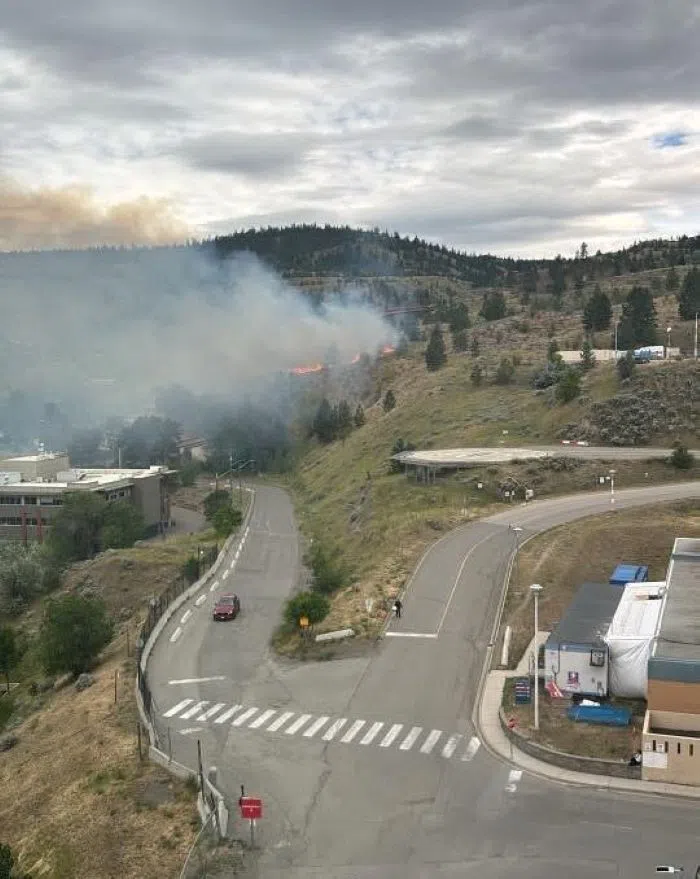
Introduction
The ongoing wildfires in Kamloops, British Columbia, have captured the attention of residents and officials alike, highlighting the growing challenges posed by climate change and wildfire safety. With wildfires becoming increasingly frequent and intense due to rising temperatures and prolonged droughts, the situation in Kamloops is not just a local issue but one that reflects a broader environmental crisis. Understanding the current state of the Kamloops fire is crucial for residents, emergency management services, and policymakers.
Current Situation
As of late October 2023, the Kamloops fire has significantly impacted the region, with over 5,000 hectares burned and ongoing evacuation orders affecting several neighborhoods. According to the BC Wildfire Service, the fire started in early October near the city and has spread rapidly due to dry conditions and high winds. Firefighters have been actively working on the front lines, aided by air support during favorable weather conditions. Authorities have confirmed that the cause of the fire is still under investigation, with some reports suggesting it may have been sparked by human activity.
Community Response
The community response has been commendable, with local organizations rallying to provide support and assistance to those affected. The Red Cross has set up shelters to provide temporary housing for evacuees, while local businesses have contributed essential supplies and meals. Social media platforms have also played a vital role in sharing information and coordinating support efforts, allowing residents to stay informed about the situation and available resources.
Environmental and Economic Impact
The environmental impact of the Kamloops fire is expected to be significant, with damage to local wildlife habitats and air quality issues arising from smoke. Experts warn that the long-term effects of such wildfires could leave lasting scars on the ecosystem. Economically, the fire poses challenges for local businesses, particularly in tourism and recreation, as road closures and evacuations deter visitors during peak seasons.
Conclusion
The Kamloops fire serves as a stark reminder of the pressing need for enhanced wildfire management strategies and community preparedness as climate change continues to escalate the risks. Moving forward, it will be essential for local governments to invest in fire prevention and resilience initiatives to safeguard communities and ecosystems from future wildfires. As residents come together to support each other during this crisis, the hope is that soon, they will be able to recover and rebuild their homes and lives.